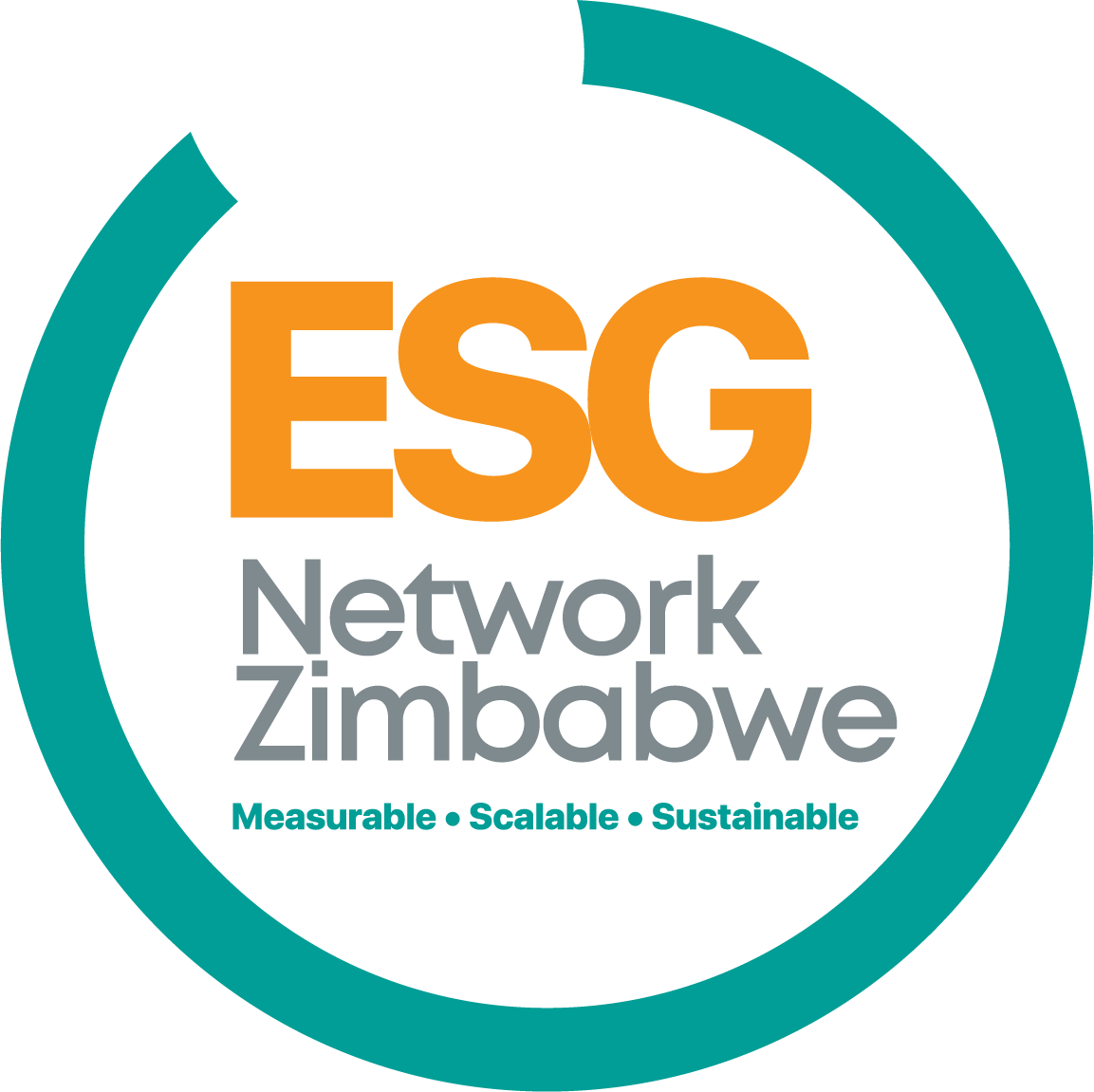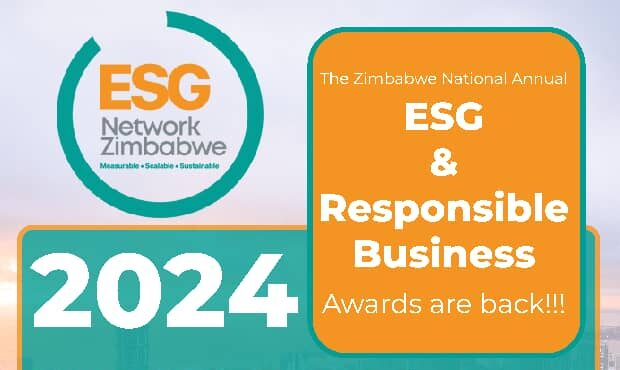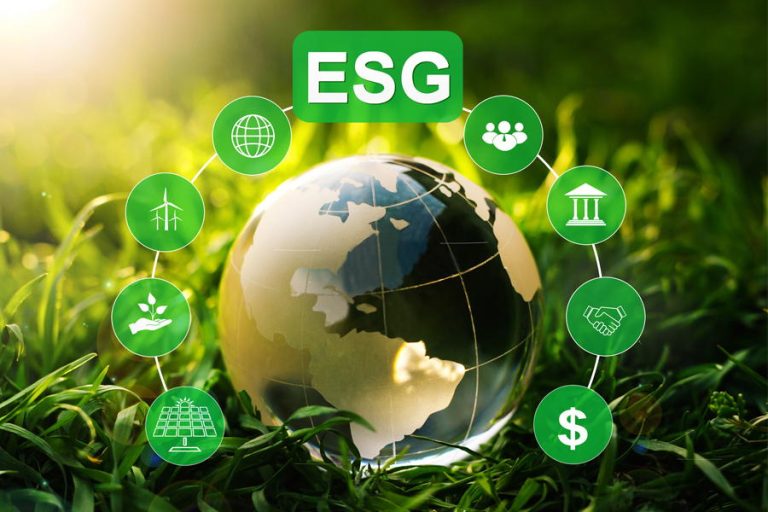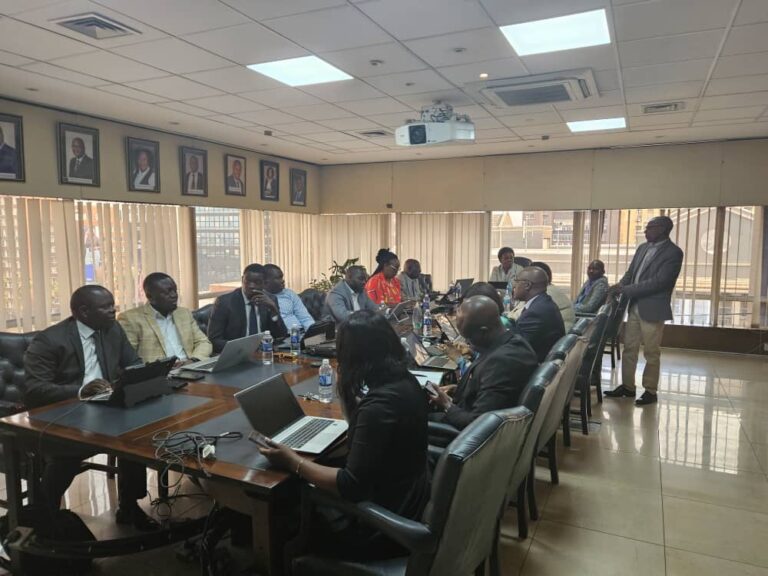There are six key steps to help your company start to balance your bottom line with the green line:
- Strategy: Create a long-term strategy supported by proactive foundational changes that consistently consider and incorporate sustainability in every process–ultimately, this is a business topic and critical to doing business now and in the future.
- Stakeholders: In a multi-stakeholder environment, companies have a responsibility to a community of people–confirm ESG processes are front and center and not just because of stakeholder demands. Remember, consumers are a big driver of ESG policy as well and the majority think companies should be actively shaping ESG best practices
- Efficiency and Climate Resiliency: Use technology to increase visibility and transparency to confirm maximum integrated, end-to-end energy and renewable energy efficiency.
- Value Chain Sustainability: Incorporate and plan for sustainability across all stages of product development using relevant data to track, measure, and decrease emissions across the product life cycle (i.e., focus on decreasing GHG emissions, automating operations, and ultimately decarbonizing the value chain). Review every aspect along your value chain to identify opportunities to leverage the Internet of Things (IoT) and artificial intelligence (AI) to track and measure carbon emissions for targeted decarbonization activities. For example, in smart manufacturing, imagine the ability to predict and optimize production driven by real-time energy and mechanical efficiency–all enabled by IoT sensors, AI, and cloud technology.
- Operational and Performance Metrics: Use technology to drive deep transparency into operational data to help make real-time operational decisions. Integrate and align performance objectives with essential sustainability goals and performance metrics into day-to-day activities, inclusive of performance management (both organizational and executive performance).
- Data Visualizations: Use AI to put a microscopic lens on ESG compliance and quantify data across the entire value chain to enable transparency and provide a baseline for defining/re-defining business key performance indicators. Use cloud technology to measure, track, and report on the real-time overall impact and lasting effects on the environment, society, and governance.





